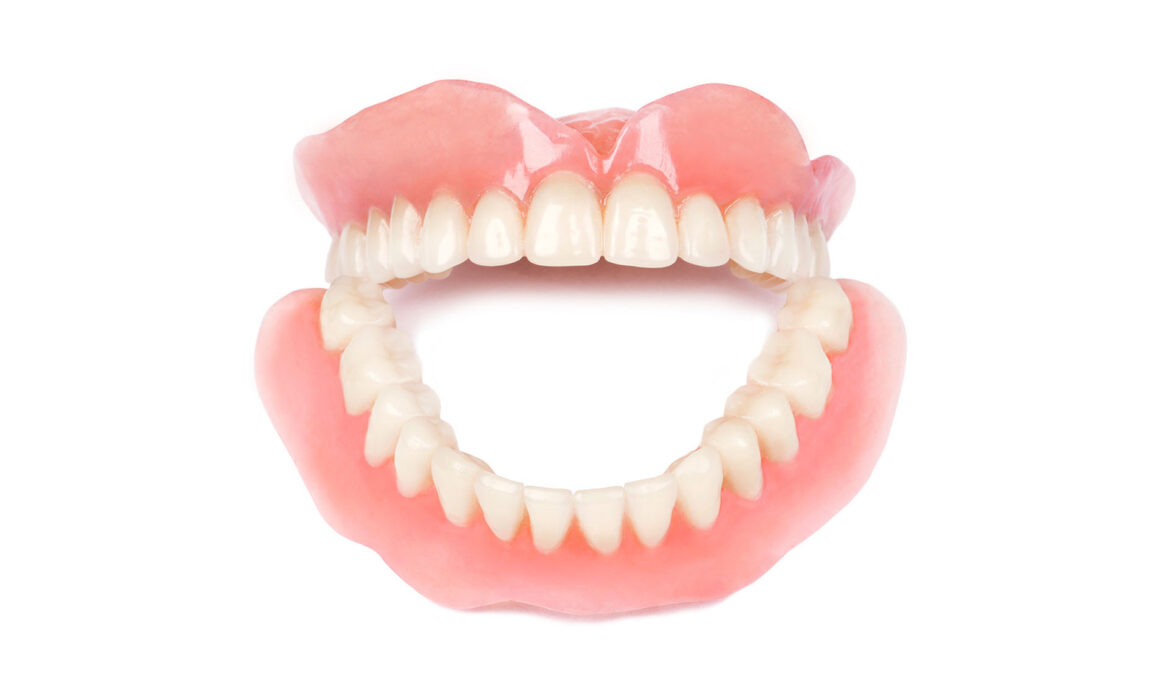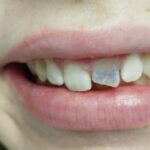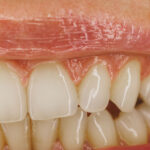In this blog, we’ll delve into a topic in dentistry that is both painful for our patients and demanding for us as professionals: the loss of all teeth. When a patient loses all their teeth, it affects not only the aesthetics of their face but also their chewing function and speech. This loss can lead to a lack of self-confidence, making social interactions and daily functioning challenging.
For patients with completely edentulous jaws, full dentures are made. In severe cases, total dentures may be necessary for both the upper and lower jaws. Dentures replace lost teeth and the ridge bone, as tooth loss leads to bone resorption. Dentures are typically made of acrylic. In the upper jaw, to ensure retention, dentures must cover the entire palate, which can be uncomfortable for patients as it affects their sense of taste and speech initially. In the lower jaw, the challenge lies in the dynamic nature of the oral cavity, with many muscles and the tongue causing instability of the denture. Many patients struggle with lower dentures. Adhesive pastes are often the only means of retention, aiding patients in adjusting to wearing them.
To avoid these difficulties, we recommend implant placement in the lower jaw. Installing at least two implants with attachments, such as locators, provides excellent retention for dentures. Implant-retained dentures in the lower jaw become almost fixed, eliminating the challenges associated with lower dentures. This approach not only improves quality of life but also proves to be cost-effective.
For optimal stabilization, a minimum of four implants are recommended in the upper jaw. These implants support attachments such as locators, providing excellent retention for dentures. Importantly, implant-retained dentures in the upper jaw only cover the ridge, leaving the palate free. This significantly enhances comfort, taste sensation, and speech for patients, improving their quality of life.
Advantages of these dentures include:
- Enhanced retention without the need for adhesives
- Improved taste sensation with upper dentures
- Prevention of further bone loss
- Natural appearance of teeth and gums
The process begins with a thorough examination, followed by a CBCT scan to assess bone quality and quantity. Implants are placed, followed by a healing period for osseointegration. During this time, patients may wear their old dentures or temporary ones. After osseointegration, impressions are taken, and definitive dentures with attachments are fabricated.
Partial Dentures: Partial dentures are indicated for patients with partial tooth loss, typically a gap in the dental arch on both sides, preventing the placement of a bridge. These dentures can be made of acrylic or a combination of metal and acrylic. Retained by clasps or crowns, they restore chewing function and facial aesthetics.
Advantages of partial dentures include:
- Restored chewing function
- Improved facial aesthetics
- Retained securely in the mouth without the need for adhesives
In conclusion, with advancements in implantology, the retention of complete dentures has significantly improved, bringing joy to our patients and satisfaction to dentists by enhancing their quality of life.













